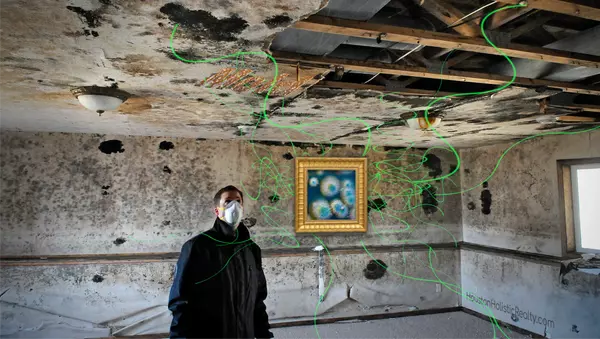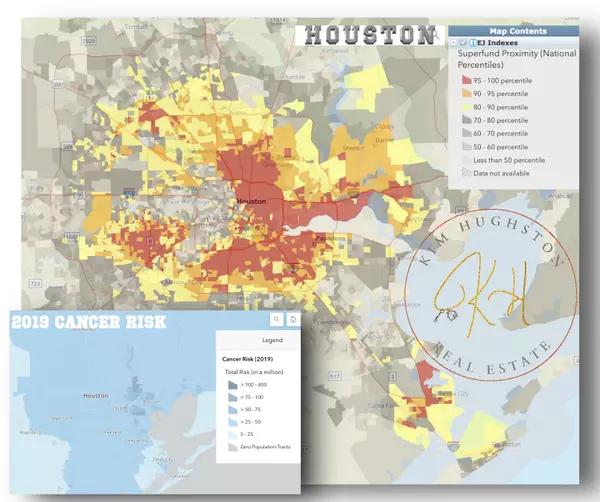Exceeding Expectations
Selling Your Home:
You’ll benefit from exceptional strategies to secure top dollar for your property. The holistic approach highlights your home's unique features and uses innovative marketing techniques to attract serious buyers. Strategic pricing and exceptional negotiation skills ensure you receive the maximum value, making the selling process smooth and rewarding.
Finding the Perfect Home:
Find a home that supports a healthy lifestyle. Properties are meticulously evaluated for potential health benefits to help you make informed decisions. Market expertise ensures you get the best value for your investment, and personalized service means your needs are met every step of the way.
Choosing a holistic realtor is about more than just closing a deal — It's about ensuring a healthy, valuable, and fulfilling real estate journey. Discover the difference with Houston’s holistic realtor.





EsmeraldaB5